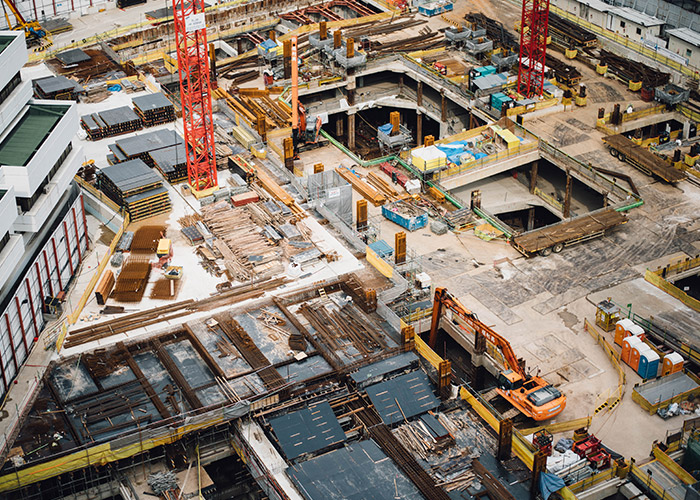
Solution application: Our electric storage forklifts are suitable for the logistics needs of construction sites. They can efficiently transport heavy materials and equipment and cope with small spaces and complex terrain. Our forklifts offer excellent maneuverability and flexibility to improve logistics efficiency on the job site. Service advantages: We provide customized solutions, designed and adjusted according to specific needs and construction site conditions. Our dedicated team will work closely with you to ensure the forklift meets your expectations.

Solution application: Our electric warehouse forklifts can be applied to the warehousing and logistics needs of the pharmaceutical industry. Our forklifts are equipped with strict hygiene standards and protective measures to ensure the safe transportation of pharmaceuticals and medical devices. The intelligent function of the forklift can monitor the location and weight of goods in real-time, ensuring the accuracy and traceability of the logistics process. Service advantages: We understand the pharmaceutical industry's requirements for logistics safety and reliability, so we provide high-quality forklifts and related services. Our forklifts have strong load-carrying capacity and stability to protect goods from damage.
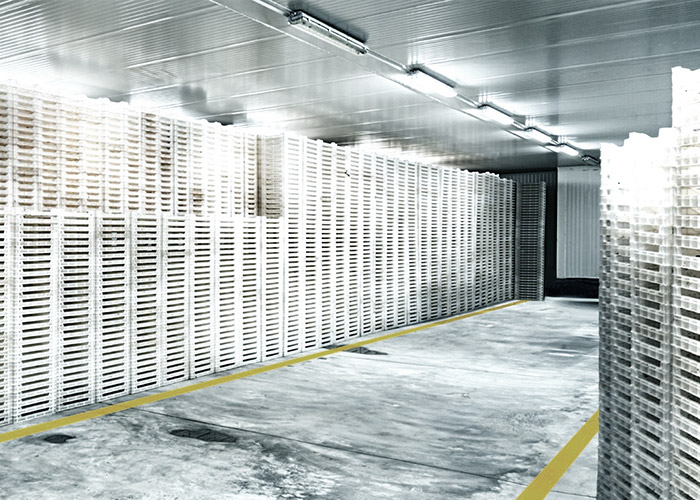
Solution application: Our warehousing electric forklifts are suitable for the logistics needs of the cold chain industry and can efficiently transport and store temperature-controlled goods in low-temperature environments. Our forklifts are low-temperature resistant and anti-freeze, ensuring the quality and safety of goods. Service advantages: Keli cold storage special models have been comprehensively modified to be cold-resistant, waterproof, rust-proof, and anti-corrosion based on the characteristics of cold storage tooling. At the same time, it is equipped with leading technology and equipment, so that cold storage users can get the experience of stability, efficiency, durability, and low maintenance costs even in harsh working conditions.
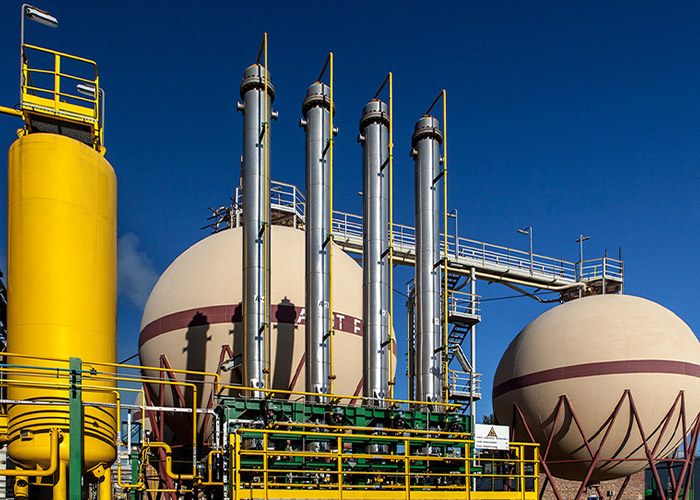
Solution application: intelligent warehousing, transportation and sorting of spare parts. Service advantages: We understand the chemical industry’s requirements for logistics safety and reliability, so we provide forklifts and related services that meet strict standards. Our forklifts have strong carrying capacity and stability to ensure the safe transportation of chemicals.
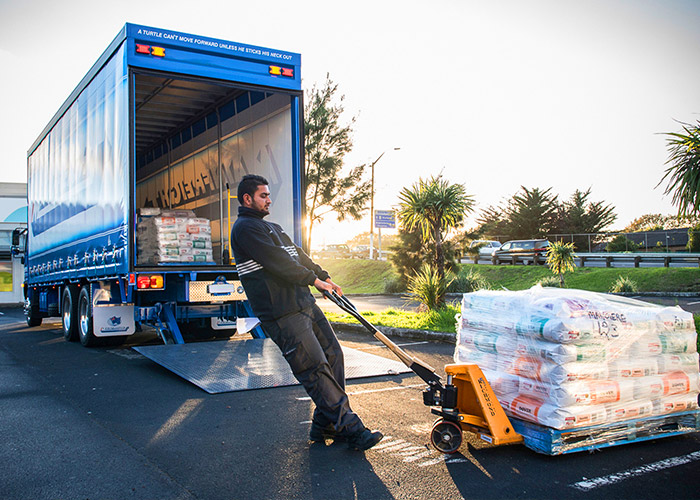
Solution application: Our warehouse electric forklifts are suitable for various cargo handling, loading, unloading and storage needs in the logistics and warehousing industry. Whether inside the warehouse or in the logistics center, our forklifts can efficiently complete various tasks and improve logistics efficiency. Service advantages: We provide customized solutions, designed and adjusted according to your specific needs and warehousing environment. Our forklifts have excellent maneuverability and flexibility and can adapt to complex warehousing environments.
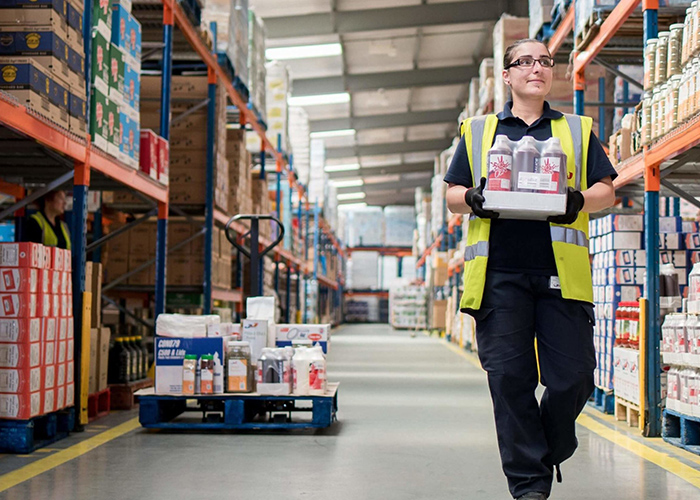
Solution application: Our electric warehouse forklifts are suitable for the cargo handling, loading, unloading, and storage needs of the retail industry. Whether inside a warehouse or in a retail store, our forklifts can efficiently complete the loading and unloading of goods, inventory management, and replenishment tasks, improving the efficiency of retail operations. Service advantages: We understand the retail industry's requirements for logistics agility and accuracy, and our forklifts are characterized by quick response and flexible control.